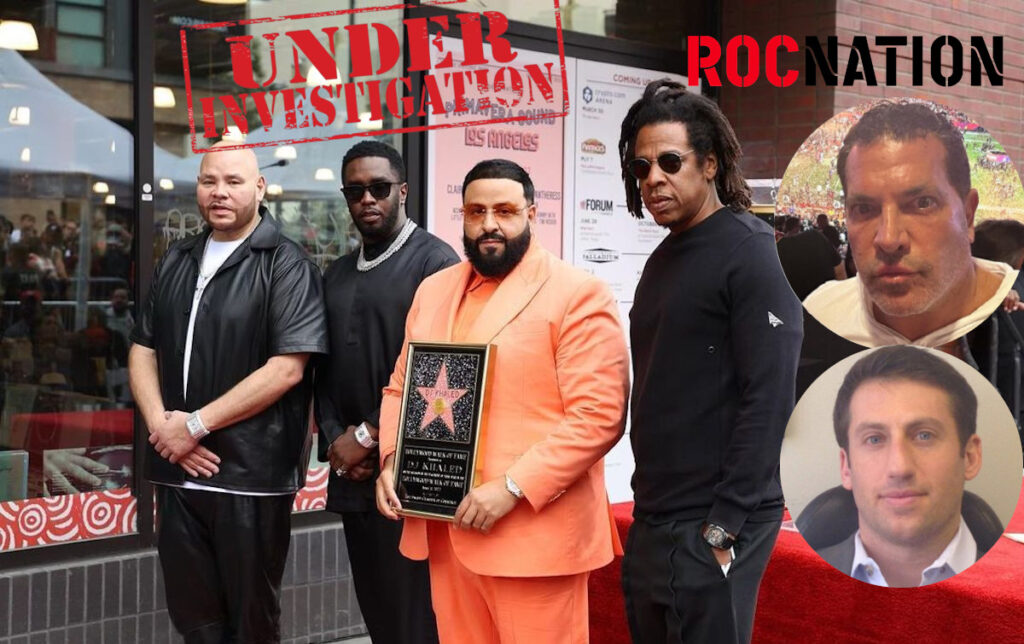NEW YORK (Flux Daily) — St. Patrick’s Cathedral, a symbol of hope in New York City, has revealed a striking 25-foot mural that celebrates the city’s diverse immigrant heritage.
The mural, which graces the entrance of the iconic cathedral, illustrates the journeys of everyday immigrants alongside renowned historical figures. It comes at a time when immigration remains a divisive topic across the United States.
Rev. Enrique Salvo, the rector of St. Patrick’s Cathedral and an immigrant himself from Nicaragua, emphasized that while the mural was not intended as a political statement, it conveys a powerful message of inclusion: We want anyone that comes in to feel loved and welcomed. It’s a reminder that it doesn’t matter what’s happening politically. We have to treat everyone with love and respect.”
Titled “What’s So Funny About Peace, Love, and Understanding,” the mural was commissioned by Cardinal Timothy Dolan, the archbishop of New York, who noted its importance in brightening up the cathedral environment for the six million visitors it welcomes annually. He commented on the previous dullness of the entryway, saying, It was very drab, so we thought we needed to spark it up and get some illumination.”
The artwork, created by local artist Adam Cvijanovic, pays homage to Irish immigrants who played a vital role in the cathedral’s construction. One section poignantly depicts the Apparition at Knock, a significant event in Irish Catholic history, occurring in the same year as the cathedral's opening in 1879. Other scenes portray modern migrants intertwined with notable figures like journalist Dorothy Day, philanthropist Pierre Toussaint, and former Governor Alfred E. Smith, the first Catholic presidential nominee from a major party.
Moreover, Cvijanovic has included representations of Native American heritage in the mural, featuring St. Kateri Tekakwitha, the first Native American saint, making the piece truly inclusive.
Cardinal Dolan lauded Cvijanovic's work, describing it as “an effusive ode to the greatness of this city and those who came here, and those who have turned into their leaders.”




















